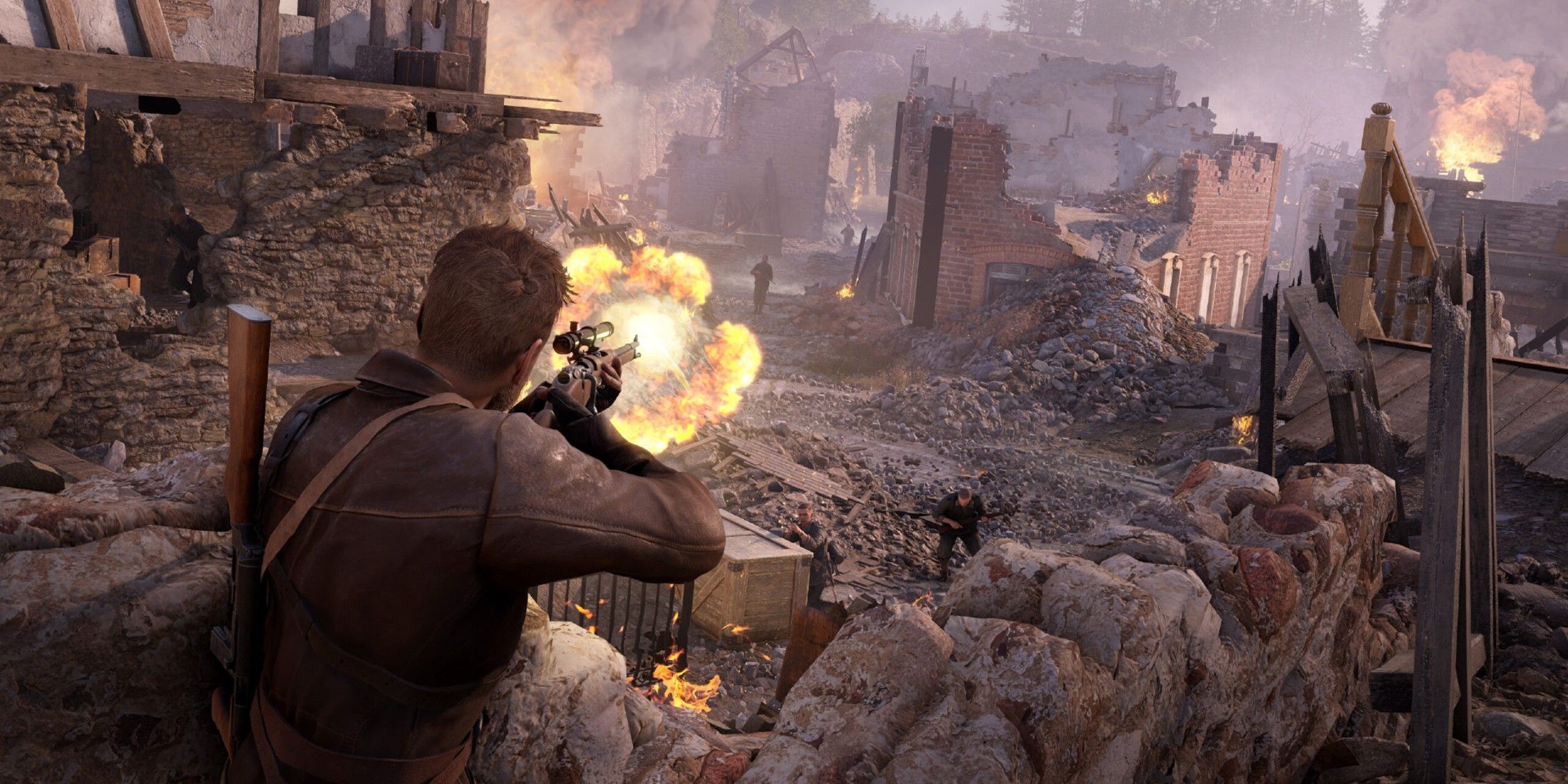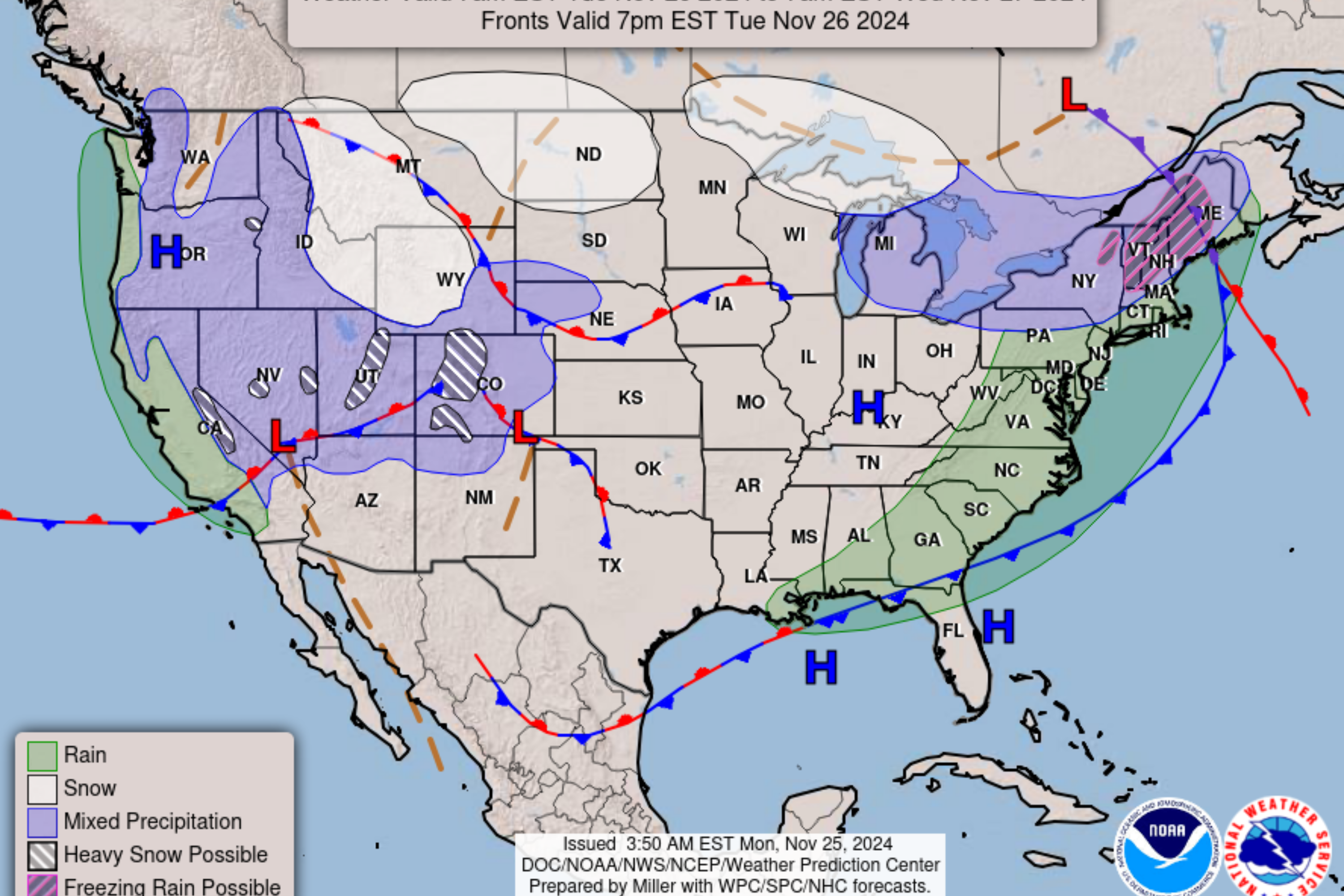CNN
—
For those who find themselves awed by arid landscapes, there’s no place like Africa.
The continent boasts nine separate deserts, including a vast Sahara that sprawls across much of the north, the rust-colored Kalahari of the southwest, and the bizarre Turkana Basin of northern Kenya.
All of them have unique origin stories about the Earth forces that created their incredible terrain and tales about the people who have long inhabited some of the planet’s driest, hottest, most inhospitable spaces.
For modern visitors, Africa’s deserts offer romantic settings, striking landscapes and a variety of outdoor adventures that reflect the unique personalities of each place.
Here are eight different ways to discover desert Africa:
Trek some of the world’s tallest sand dunes (Namibia)
Even Salvador Dalí couldn’t have rendered a landscape this surreal — lurid orange dunes towering more than 1,000 feet (300 meters) above a ghostly forest of dead camelthorn trees and bizarre, almost perfectly round, “fairy circles” that some people attribute to alien visitors.
The place is called Sossusvlei in Namib-Naukluft National Park in the middle of what researchers consider the world’s oldest desert — formed between 55 and 80 million years ago when dinosaurs still walked the Earth.
In the language of the local Nama people, the name Namib means “a place where there’s nothing.” But nowadays there are plenty of ways to explore the park’s iconic dunes including horseback rides, 4×4 tours, helicopters, hot-air balloons, and trekking to the summit of sandy rust-colored monsters like Big Daddy, Dune 45 and Dune 7 (tallest of them all at approximately 1,273 feet/388 meters).
The Macedonian king and military mastermind famously trekked across the desert in 332 B.C.E. to consult the Oracle of Siwa. While no one knows for sure what transpired between them, Alexander claimed the legendary sage had confirmed his divine status and desire to become the pharaoh of Egypt.
Nowadays, adventure-seekers make the eight-hour drive from Cairo in search of divine desert adventures like sandboarding, camel-camping, and 4×4 dune-bashing in the Great Sand Sea that surrounds the oasis. And then taking the edge off the Sahara heat by soaking in freshwater lakes and springs, including the legendary Cleopatra’s Pool.
With their traditional mudbrick architecture, romantic digs like the Siwa Shali Resort add to the end-of-the-earth ambience. And if you’re in need of even more inspiration, the ruins of the oracle Temple crown a hill overlooking the oasis.
Transporting iron ore from a remote mine in the Sahara Desert to the Atlantic coast, Mauritania’s Train du Desert rumbles 437 miles (704 kilometers) across one of the planet’s least inhabited yet starkly beautiful regions.
Yet rock isn’t all it carries. A single passenger car is often attached to the train, but a much more adventurous way is riding (free of charge) atop one of the iron ore cars. You’ll need enough food and drink for the roughly 20-hour journey, clothes for triple-digit summer days or below-freezing winter nights, plenty of sunscreen either way, and a sleeping bag for bedding down on the surprisingly soft ore.
Those who don’t care to freelance their Train du Desert journey can sign up for guided rides through outfitters like Britain’s Lupine Travel that often include other intriguing Mauritania destinations like Azoueiga Dunes, Terjit Oasis and the UNESCO World Heritage Site at Ouadane.

Another UNESCO World Heritage Site, the milky green “Jade Sea” of northern Kenya is the globe’s largest permanent desert lake and one of the top 25 largest lakes overall.
Lake Turkana’s antediluvian landscapes include volcanoes and ancient lava fields, archeological digs where some of mankind’s oldest kinfolk once lived, and islands swarming with giant crocodiles. Yet its most renowned resident is the Nile perch, a giant (and very tasty) game fish that can weigh in at more than 110 pounds (50 kilograms).
Fishing lodges along the lake’s western shore like Eliye Spring Resort and Lobolo Camp specialize in boat-fishing for Nile perch or other species that inhabit Turkana like tilapia and tiger fish.
Smell the spring wildflowers in Namaqualand (South Africa)
If you’re into flowers rather than fishing, there’s no better place than Namaqualand during the spring bloom.
Although the exact dates vary from year to year depending on the rains that precede the floral outburst, it normally takes place from early August through the end of September.
Located around a six-hour drive north of Cape Town, Namaqua National Park features hiking and driving routes through the wildflower areas, and a seasonal beach camp that’s open for just four weeks during the spring bloom.

When George Lucas and his crew were scouting locations for Tatooine in the first “Star Wars” film, they decided the arid landscapes of central Tunisia were the spitting image of the desert planet they had in mind.
Alternating between existing structures and sets specifically built for “Star Wars,” scenes from four of the movies were shot on location in Tunisia.
More than a dozen of those cinematic sites are now tourist attractions, from the troglodyte dwellings of the subterranean Hotel Sidi Driss in Matmata village (Luke Skywalker’s childhood home) to the Mos Espa film set and Lars Homestead near Naftah.
Galaxy Tours is one of several outfitters with multi-day guided excursions of Tunisia’s enduring fan-favorite “Star Wars” landmarks.
After enduring the harsh conditions of the Kalahari Desert for more than 20,000 years, the San people have learned a thing or two about survival.
Visitors can discover some of those skills — like tracking animals, hunting with bow and arrow, finding water, building fires, and gathering edible plants — at isolated outposts in northeast Namibia where local Ju|’Hoan San families discuss and demonstrate aspects of their age-old culture and lifestyle.
Nhoma Safari Camp offers overnight accommodation in safari tents, while Fiume Bush Camp has simple but comfortable stone cottages. Activities range from participating in traditional San games and dances, to bush walks with San hunters and evening campfire sessions.

Make like a nomad on a caravan camping trip in the vast Erg Chigaga desert of southern Morocco.
Several outfitters offer multi-day camel-trekking trips that feature tent camping among the dunes, chance encounters with desert residents, delicious Moroccan meals around the campfire, and a chance to cross the desert on trusty one-humped steed.
Most of the tours start from Marrakesh with a drive across the High Atlas mountains via Aït Benhaddou, a fortified desert town that’s both a UNESCO World Heritage Site and popular filming location (“Game of Thrones,” “Gladiator” and so on).











